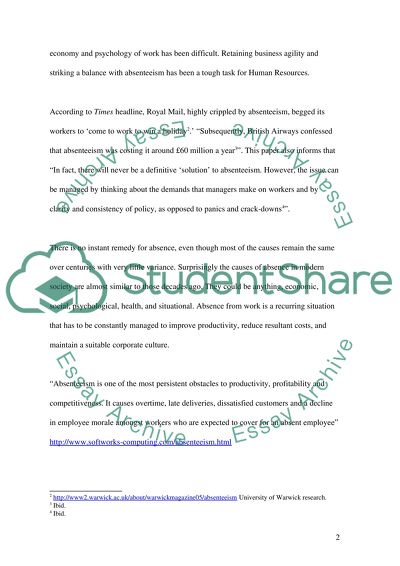Cite this document
(“Perspectives in hrm Essay Example | Topics and Well Written Essays - 3000 words”, n.d.)
Retrieved from https://studentshare.org/sociology/1532674-perspectives-in-hrm
Retrieved from https://studentshare.org/sociology/1532674-perspectives-in-hrm
(Perspectives in Hrm Essay Example | Topics and Well Written Essays - 3000 Words)
https://studentshare.org/sociology/1532674-perspectives-in-hrm.
https://studentshare.org/sociology/1532674-perspectives-in-hrm.
“Perspectives in Hrm Essay Example | Topics and Well Written Essays - 3000 Words”, n.d. https://studentshare.org/sociology/1532674-perspectives-in-hrm.


